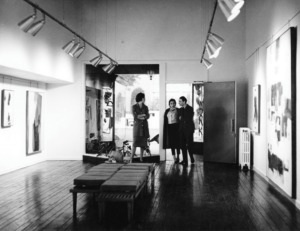
The notion that collectors sit atop the hierarchy of today’s art world is axiomatic. They build private museums and control the boards of traditional ones. Through their acquisitions, they determine the fates of artists, and often overshadow curators, historians, and critics—all those ink-stained intellectuals who used to play a larger role in determining art’s value.
And yet, one must not discount the supplier. On the primary market—the placement of new work straight from artists’ studios—art dealers often shape collectors’ tastes. On both the primary and secondary, or resale, markets, they shepherd artworks onto collectors’ walls (or, as the case may be, into their freeport storage spaces in Geneva or Singapore). In a recent profile of David Zwirner in the New Yorker, Nick Paumgarten wrote that “one prominent collector referred to Zwirner as his top ‘go-get guy.’ To go and get, you have to know who owns what, how he or his heirs feel about it, how desperately they may need money.” Certain dealers are now celebrities. “Call Larry Gagosian, you belong in museums,” rapped Jay-Z, an art collector himself, and one of Gagosian’s high-profile clients.
